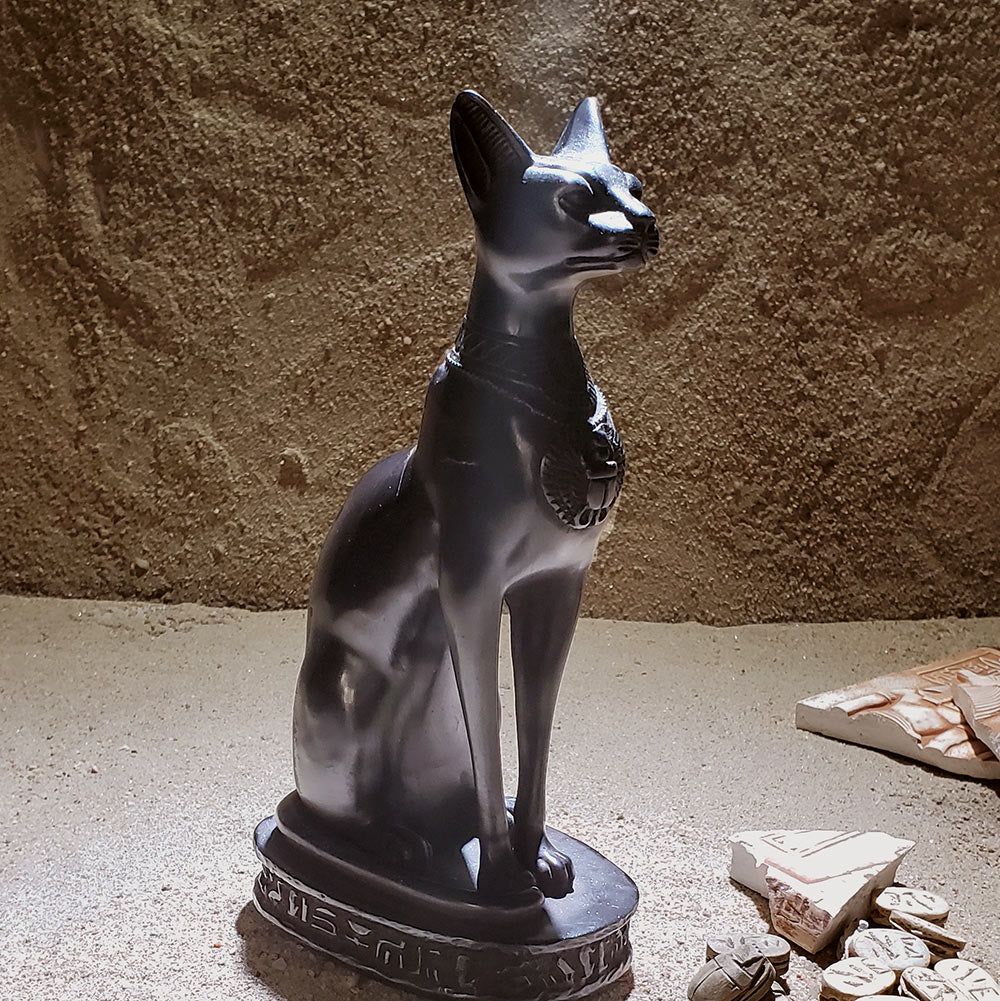Tomb of Rekhmire: A Glimpse into the Life and Legacy of an Ancient Egyptian Vizier
The Tomb of Rekhmire (TT100) is a significant archaeological site located in the Theban Necropolis on the west bank of the Nile, opposite Luxor. Rekhmire was a vizier during the reigns of Thutmose III and Amenhotep II of the Eighteenth Dynasty of ancient Egypt. His tomb provides valuable insights into the administrative, social, and religious aspects of the period.

The tomb follows the typical T-shaped layout of the period, with a long corridor leading to a broad transverse hall and a shrine at the rear. This design allowed for both public and private ceremonial functions.

The tomb features extensive depictions of funerary rituals, including the "Opening of the Mouth" ceremony, which was believed to restore the deceased's senses and abilities in the afterlife.

These scenes provide crucial information about ancient Egyptian religious beliefs and practices.
One of the most famous aspects of Rekhmire's tomb is the series of scenes showing the presentation of tribute from foreign lands. These tributes included exotic animals, precious materials, and other goods, highlighting Egypt's extensive trade networks and political influence during the Eighteenth Dynasty.

The tomb contains numerous hieroglyphic inscriptions, including prayers, hymns, and autobiographical texts. These inscriptions offer insights into Rekhmire's career, his duties as vizier, and his piety towards the gods.

The Tomb of Rekhmire is a vital source for understanding the complexities of ancient Egyptian administration, economy, and culture during one of its most prosperous and influential periods. Keep scrolling to see more photos from the tomb.











